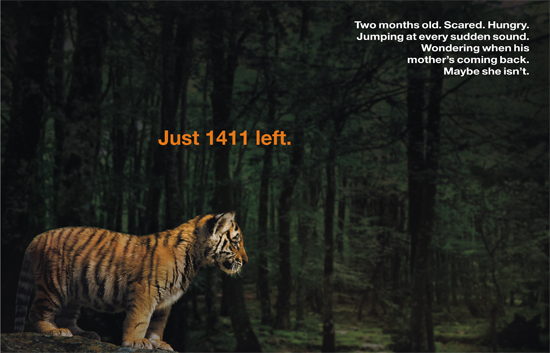Silappadikaram (Tamil: சிலப்பதிகாரம்;) is one of the five epics of ancient Tamil Literature. The poet prince Ilango Adigal, a Jaina monk, is credited with this work. He is reputed to be the brother of Senguttuvan from Chera. As a literary work, it is held in high regard by the Tamils. The nature of the book is narrative and has a moralistic undertone. It contains three chapters and a total of 5270 lines of poetry. The epic revolves around Kannagi, who having lost her husband to a miscarriage of justice at the court of the Pandya king, wreaks her revenge on his kingdom.
It is the first Indian epic written about the life of an ordinary countryman, written by a Jain Chera country Prince who turned to Ascetic, and in simple understandable language. It was written during the times when only complex literary epics were composed and written in praise of Religions and Kings, by ordinary poets.
The story evolves in terms of Three, at least of the following
- Three Kingdoms -Chola, Pandiya, Chera
- Three Religions - Hinduism, Buddhism, Jainism
- Three Heroines - Kannagi, Madhavi, Manimekalai
- Three Ways of life - Married (karpiyal) (Kannagi), Unmarried (kalaviyal) (Madhavi), Ascetic (thurau) (Manimekalai)
- Three Episodes - Puhar, Madurai, Vanchi
- Three Walks and Types of Land - Seashore (Poompugar), Fertile (Madurai), Mountain (Vanchi)
Silappatikaram contains three chapters:
- Puharkkandam (புகார்க் காண்டம் – (poompuhar)Puhar chapter), which deals with the events in the Chola city of Puhar, where Kannagi and Kovalan start their married life and Kovalan leaves his wife for the courtesan Madavi. This contains 10 sub divisions
- Maduraikkandam (மதுரைக் காண்டம் – Madurai chapter) , is situated in Madurai in the Pandya kingdom where Kovalan loses his life, incorrectly blamed for the theft of the queen's anklet. This contains 7 sub divisions
- Vanchikkandam (வஞ்சிக் காண்டம் – Vanchi chapter), is situated in the Chera country where Kannagi ascends to the heavens. This contains 13 sub divisions
Each of these chapters are made of several sub chapters called kaathais. Kaathais are narrative sections of the chapters.
In the pathigam, the prologue to the book, Ilango Adigal gives the reader the gist of the book with the précis of the story. He also lays the objectives of the book:
-
-
- அரசியல் பிழைத்தோர்க்கு அறம் கூற்று ஆவதூஉம்,
- உரைசால் பத்தினிக்கு உயர்ந்தோர் ஏத்தலும்,
- ஊழ்வினை உருத்து வந்து ஊட்டும் என்பதூஉம்,
- சூழ் வினைச் சிலம்பு காரணமாக,
- சிலப்பதிகாரம் என்னும் பெயரால்
- நாட்டுதும் யாம் ஓர் பாட்டு உடைச் செய்யுள்
-

